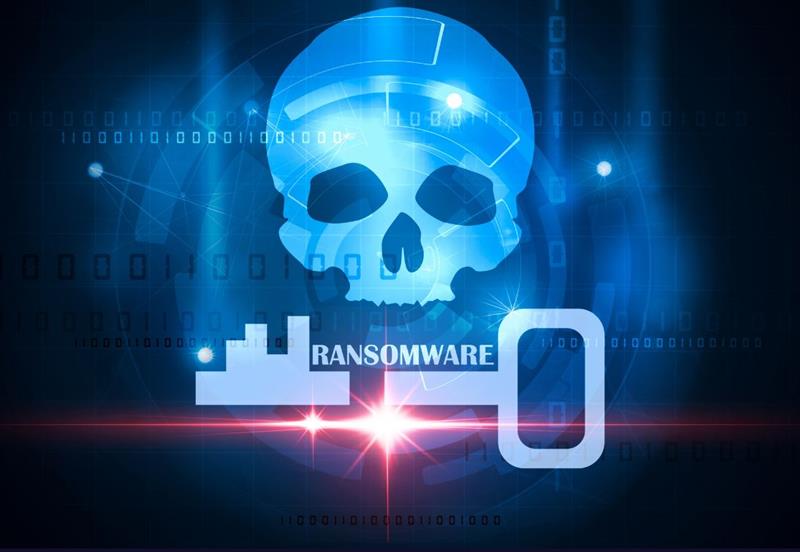For CEOs, CFOs, COOs, CIOs and Board Members
In the past decade, cyberattacks have become a top-tier strategic threat. The Gartner 2024 report states that by 2026, 75% of boards of directors will be personally involved in cybersecurity decision-making. Yet most organizations are still unprepared for the day a severe cyber crisis hits
According to the IBM Cost of a Data Breach 2023, the average cost of a data breach has reached $4.45 million. Such an event can result in an 8–12% drop in market value within six months
A Real-World Case: Thinking Differently to Survive
A global logistics company (name withheld) suffered a ransomware attack that paralyzed its critical systems for a week. Thanks to an unconventional move – a full board “day after” crisis simulation six months earlier – the company managed to
- Restore critical operations within just 96 hours
- Cut losses by 60% compared to the industry average
- Preserve customer trust and brand reputation
The lesson: Non-standard preparation can be the difference between collapse and survival.
“Day After” Crisis Simulations Led by the Board
Most organizations rehearse only the technical response. The real game changer is strategic and public decision-making drills – practicing leadership decisions under incomplete information, public pressure and regulatory scrutiny.
Recommended actions
- Conduct an annual crisis simulation that includes both executives and board members
- Practice critical decisions: pay the ransom or not? what to disclose to the market? how to ensure business continuity
A Fast Decision-Making Model (Crisis Decision Matrix)
In a cyber crisis, the first 48 hours are critical. Gartner’s research shows that organizations with a pre-defined decision matrix recover twice as fast
How to prepare
- Clearly define who is authorized to make which decisions during a crisis
- Set financial and operational thresholds for rapid responses
Cyber Insurance 2.0 – Moving Beyond Passive Coverage
The new generation of cyber insurance offers active involvement during a crisis, providing immediate access to expert teams, incident response and brand recovery services..
Key insight: According to Marsh Cyber Insurance Trends 2023, companies with advanced cyber insurance reduced downtime by 30%
The CFO’s Proactive Role
A cyber crisis is as much a liquidity and cash flow crisis as it is a technological one. The PWC CFO Insights 2023 report reveals that in 70% of companies, the CFO is not actively involved in crisis preparation – a critical oversight.
Actions to take
- Secure an emergency credit line specifically for cyber incidents
- Conduct liquidity simulations with board-level oversight
Securing the Digital Supply Chain
80% of major breaches originate through third-party suppliers (according to ENISA Threat Landscape 2023). Yet very few boards require deep cyber due diligence on critical suppliers.
Recommended measures
- Require critical suppliers to present certified cybersecurity programs
- Establish a fast-response mechanism to disconnect a compromised supplier
Involving Legal and Communications Experts from Day One
The Verizon DBIR 2023 shows that delaying public communication by 48 hours increases reputational damage by 25%. This makes early involvement of legal and communications experts a must-have.
How to prepare:
- Integrate legal counsel and PR experts into the planning phase
- Prepare “holding statements” in advance to avoid delays under pressure
Building a Pre-Mortem Culture – Thinking About Failure Before It Happens
The Pre-Mortem method (recommended by NIST) is a powerful approach that identifies vulnerabilities beyond automated assessments. It requires leadership and board members to ask: “Imagine we suffered a catastrophic cyber failure – what caused it?” The insights that emerge often uncover blind spots before real incidents occur.
A Practical Model for Building Cyber Crisis Resilience
- Mapping – Identify critical assets: systems, processes, cash flow, reputation
- Preparation – Create scenarios, decision matrices, insurance, and supplier management plans
- Drills – Conduct at least one full-scale simulation annually, including the board and communication aspects
- Continuous Improvement – Analyze gaps, update plans, and implement lessons learned
Why You Can’t Afford to Ignore This?
- The cost of inaction is significantly higher than the investment in preparation
- Regulators, markets and customers now expect proactive cyber risk management
- The difference between a company-ending event and a controlled crisis lies in decisions made months before the attack
References: Gartner, ENISA, IBM, Verizon, Marsh, PWC, NIST
The bottom line: Cyber crises are no longer an IT problem – they are an existential business threat. The moves described here are proven to work. The real question is: will you implement them before it’s too late?












